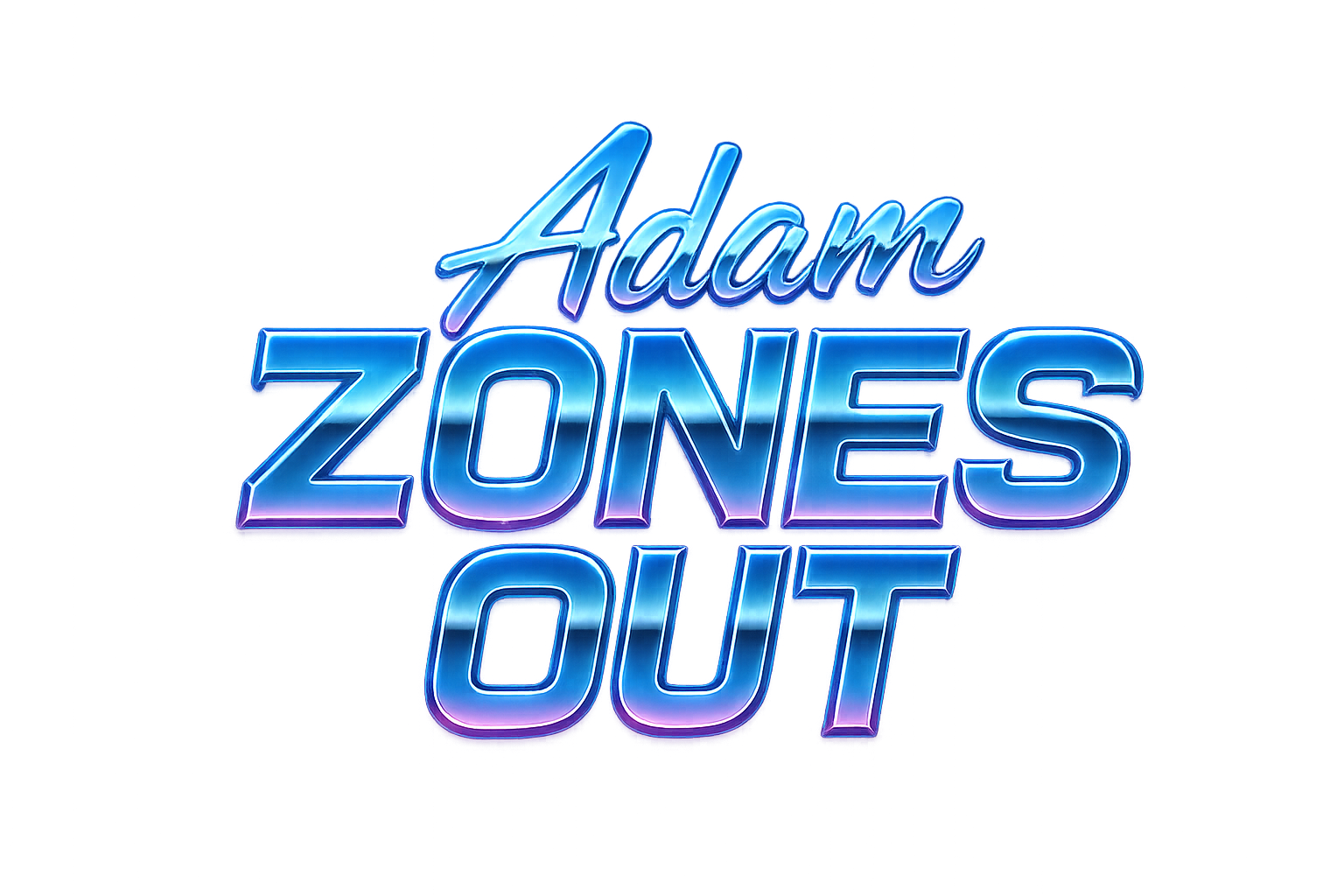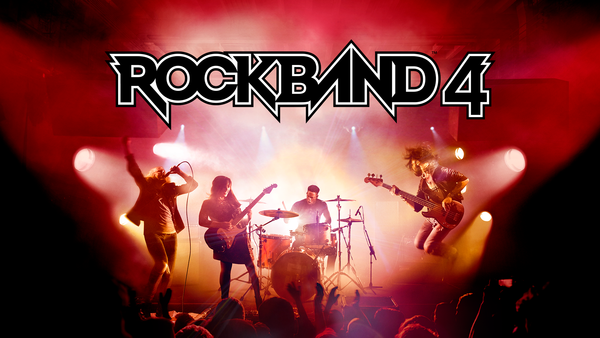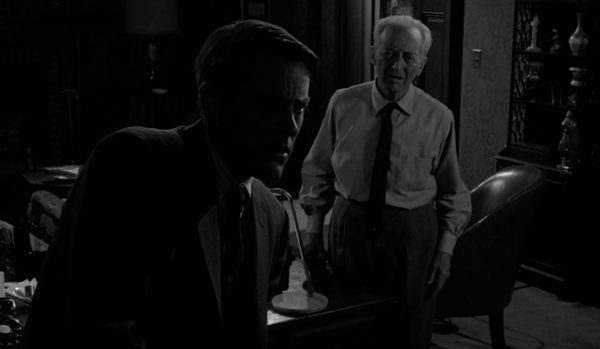How to Apple Without Breaking the Bank: Mac Mini Edition
One can get a lot out of Apple computing without going broke, promise!

Apple has a certain reputation in some circles of being overpriced, luxury items that are not realistic for most "normal" people. Their laptops expensive, their accessories excessive, their phones out of reach. I get it! Once can just look at all the Apple-centric influencers on YouTube, social media, and the myriad of websites dedicated to covering the products Apple creates and easily form that opinion. While I can sit here and harp on how investing in an Apple product will likely save you money in the long run, if you consider a long-term relationship with the product you purchase - as seen here, where I gushed about how high-quality my 5 year old laptop is despite being dogwalked by its successors - it's still a tall order to spend $1000+ on a device when the competition is out there selling it for half that price, or less, regardless of the quality of that product in comparison.
My current computer love is the M4 Mac mini, which released last year. Not only does it include the latest and greatest Apple Silicon (well, for now, the M5s are coming), it was redesigned to be about the size of 5 CD jewel cases stacked up. It's a seriously impressive piece of tech! And for just $600, with frequent sales of $500, it's right there as affordable as other, larger desktops that believe it or not are still available to purchase in many electronic stores. The base mini now comes with 16GB of RAM by default, which is great, but the basic 256GB hard drive is a bummer. However, there are ways around it that some might consider... unnatural, which I will go over later. The downside to a Mac mini of course, is that you'll need to add a monitor, keyboard, and mouse to complete the set, and if you went with what Apple sells, it would make this thing cost way more than an iMac, which is ridiculous. Instead, my middle-class ass is going to show you how to trick out a Mac mini on a budget, making it one of the best deals in laptop computing.
(Just FYI, I don't have any affiliate links to anything I list - just doing it for the love of the game. I get no rewards other than hopeful free subscribers!)
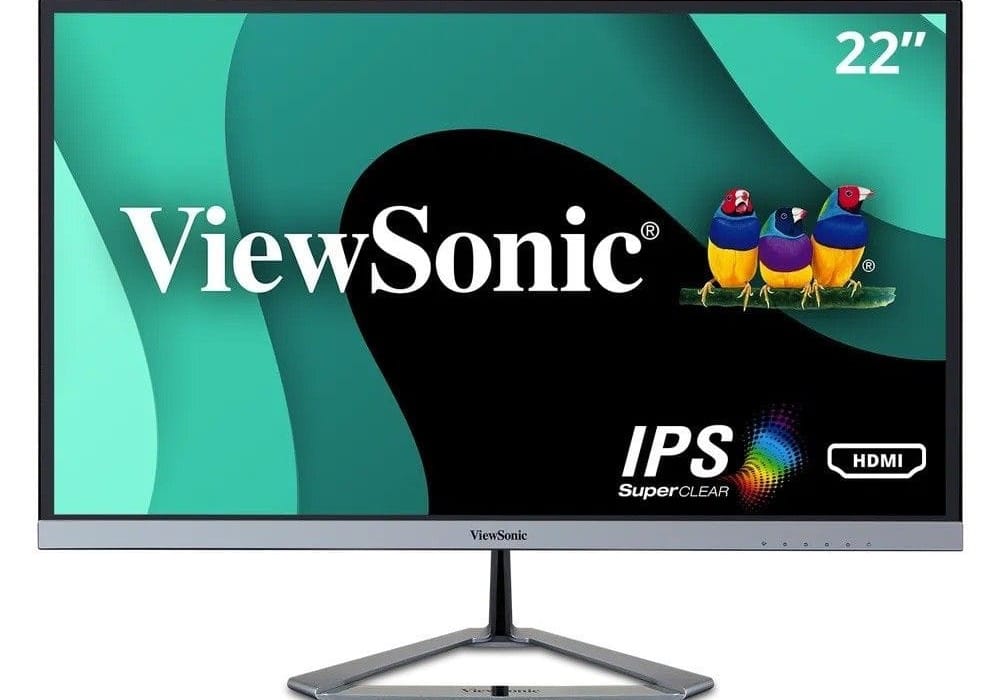
As much as I would like to buy one, the Mac Studio Display is slightly out of my price range at $1500. While someday I hope to afford one on the expectation of it lasting as long as the old Cinema Displays, it's just not in my current financial wheelhouse. To compensate, I went to my old standby monitor company, Viewsonic. I seriously will not buy a different brand of monitor and it's been that way since I got my first "owned by me, not by thee" computer in 2000. I wanted to buy a larger 4K monitor at the time, but it was still out of my price range at the time. This one, the VX2276 model, is only 22 inches in size and 1080p resolution - but it's also just about $100, and it's still very nice. Its coloring matches Apple's traditional Space Gray, and it's as thin as an iPhone Air. It also comes with built-in speakers, saving you money and desk space.
I personally don't use them, but they're serviceable, loud speakers. I have only one problem, and that's having to go through the menus on the monitor to switch the audio output to external speakers so my AirPods work. This is why I bought the Creative speakers, because when it's set to "external" the AirPods will connect correctly. This issue really only will apply if you use wireless headphones on the regular, otherwise the default monitor speakers will do just fine. They're not reference-quality of course, but for everyday use for listening to music, podcasts, or videos, it's better than nothing at all.
With regards to keyboards and mice, well. Apple would love for you to outfit your Mac mini with a $200 Magic Keyboard, and a $100 Magic Mouse, but we're here to get you going on a budget, not with an accessory pairing that costs half of the price of the actual computer. I'm a big fan of Satechi products, as they deliver the kind of items that are less expensive than Apple's, but yet fit their aesthetic, and have similar quality as well. I use their slim bluetooth keyboard, which comes with quiet, backlit keys, a 10-key, and a lengthy battery life. It also has USB-C charging, but, well, in the several months I have owned the keyboard, I haven't had to charge it. I have a Magic Keyboard for my older iMac, and I much prefer the Satechi variant for its more comfortable, findable keys. The only downside is the lack of a Touch ID button, but I'm not paying $100 more when I can just type my computer password in its place. If you need to go cheaper, Macally has a similar keyboard for $60, but it doesn't have USB-C, which is, for me, a no-go in 2025.
The mouse I use is also a Satechi brand, the "M1" wireless mouse. The mouse comes in numerous colors that actually match M1 era MacBooks and also the blue iMac M1, explaining the name. Like the keyboard, however, it also comes in Space Gray to match the color scheme of the Mac mini. Both products can sit alongside the computer without looking out of place. The mouse offers similar features to the keyboard, with lengthy battery life, a comfortable feel, smooth scrolling, and USB-C charging. In the latter case, one could actually connect it to the Mac to charge, and still use it. Compare this to the $100 Magic Mouse that one has to flip upside down to charge, forcing someone to wait around for it to finish charging before using it again. What a concept! This mouse retails for $30, and if you want a wired version for whatever reason, they sell it for $20. That's right, one can get a high-quality keyboard and mouse for around $100!
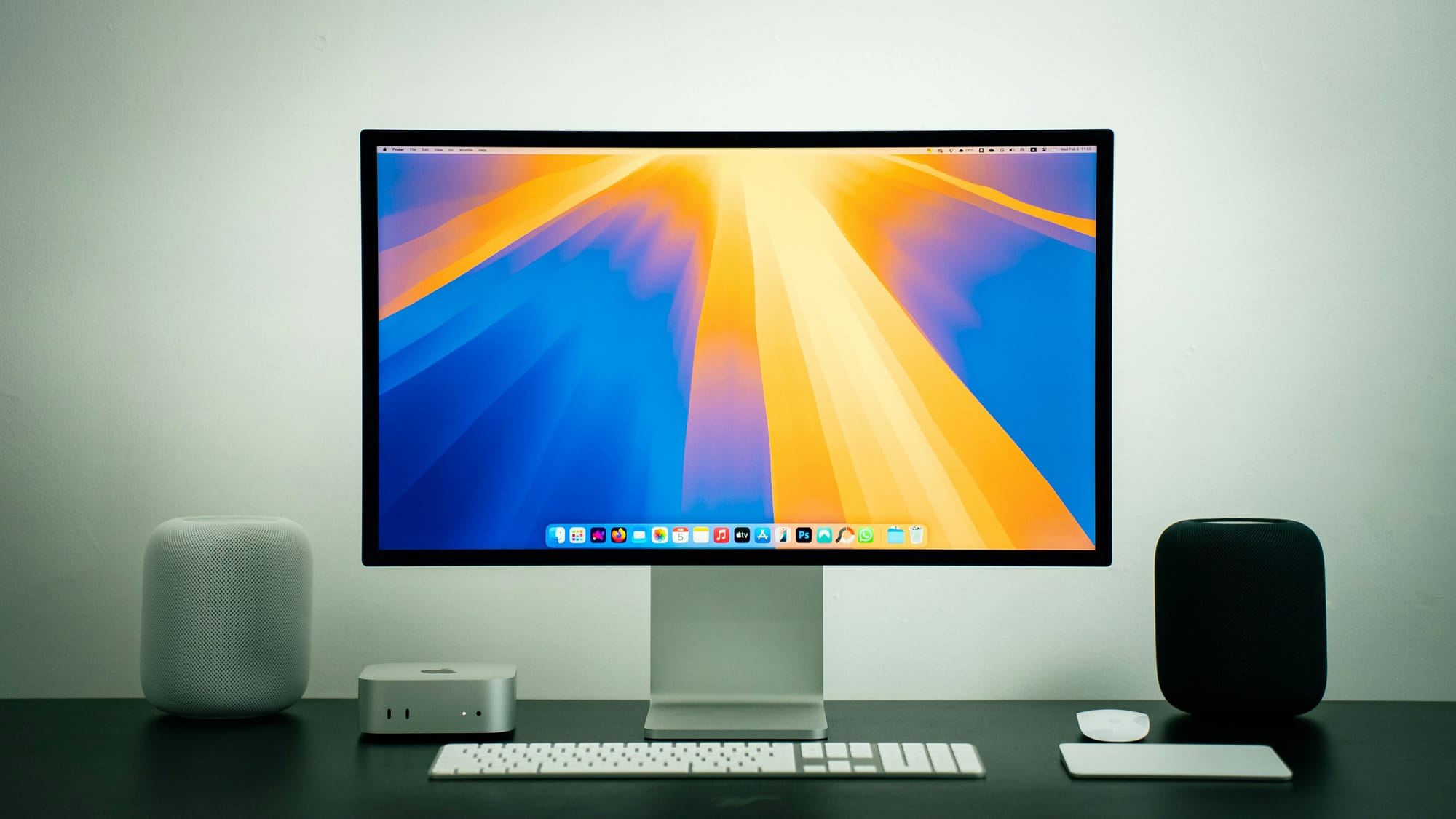
BONUS BONUS BONUS!!! As mentioned, one of the downsides of the base Mac mini is the small hard drive. While cloud storage does reduce the use of internal storage for photos, documents, and the like, it still fills up quickly if you want to play any games or use any other programs that might take up a lot of hard drive space. One could purchase a higher-capacity unit for a little more money, of course, but there's also the option of buying a dock. Satechi actually built a Mac mini M4 dock that is specifically designed for that hardware, perfectly sitting underneath the computer. It even has a cutout to make it easier to press that tricky power button that Apple stuck on the bottom. While the mini does have 4 USB-C ports, it lacks USB-A and SD card slots for the accessories that might use them. The dock includes these items, as well as an SSD slot for M.2 NVMe hard drives. At $100 it is somewhat pricey and more of a luxury item, but if you want the flexibility of adding hard drive space, it's an option. A 1TB SSD is about $75, and they're often on sale for less. Considering it's $800 for a 512GB Mac mini usually, one can spend a little less and wind up with two times the hard drive space with the dock/SSD combo.
Tallying it up, one could get a Mac mini, a keyboard, a mouse, and a monitor for $800. That's not bad! Given you will likely get 10 years out of any Macintosh computer due to how well they age, you're getting a lot out of your investment. If you add the dock and an SSD you'll spend another $200 or so, but even at $1000, you're getting a fully usable Mac for less than the cost of an iMac, and still have the ability to upgrade the SSD in the dock, or to buy a larger, better monitor in the future and not be stuck with the one in your iMac. I was never a big fan of the mini until I decided to take the plunge with the M4, and much as I enjoy the iMac as a great family computer, the mini + this collection of accessories has created a truly satisfying computing experience, with a far lower cost of entry than what you might expect.
